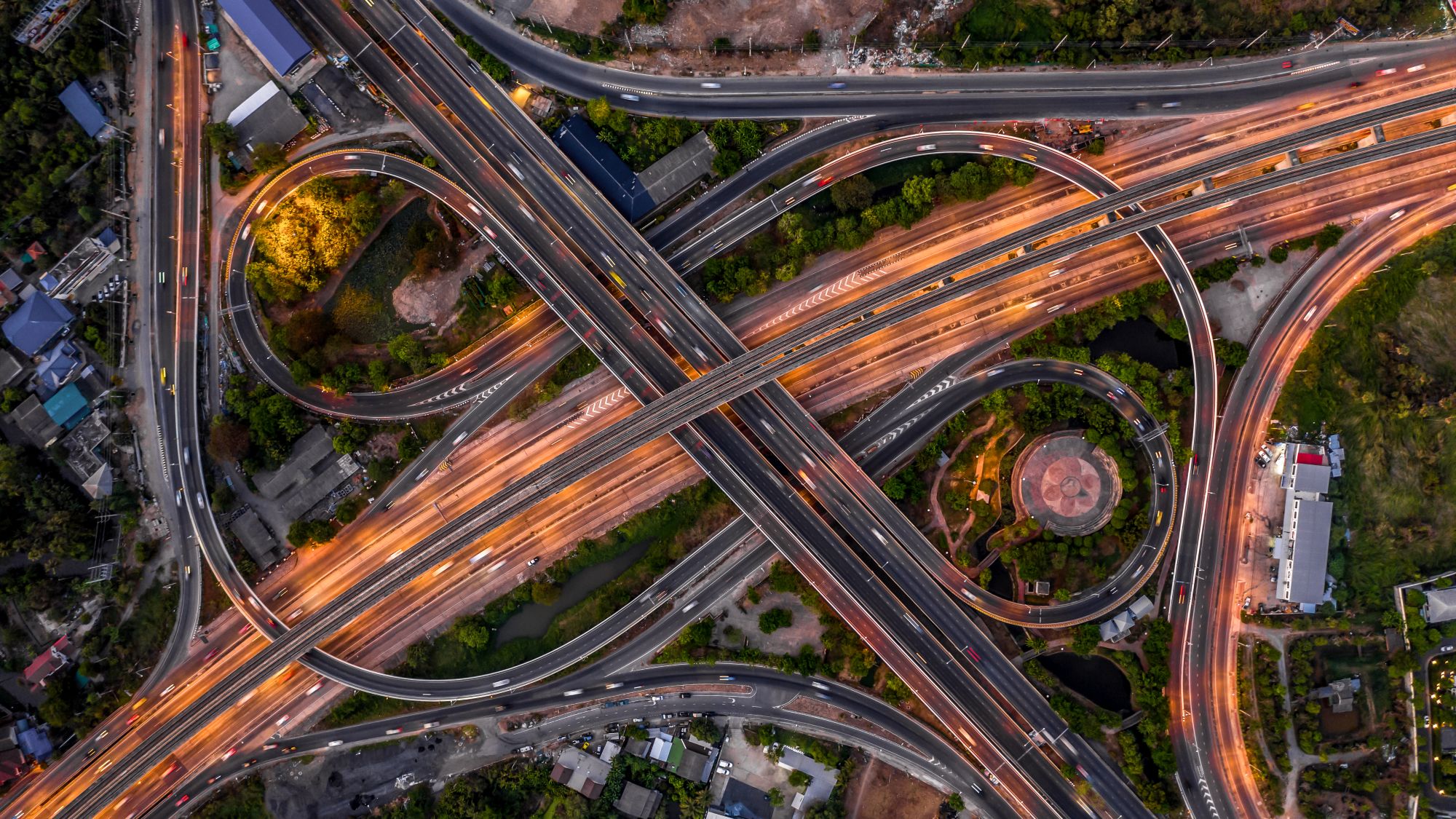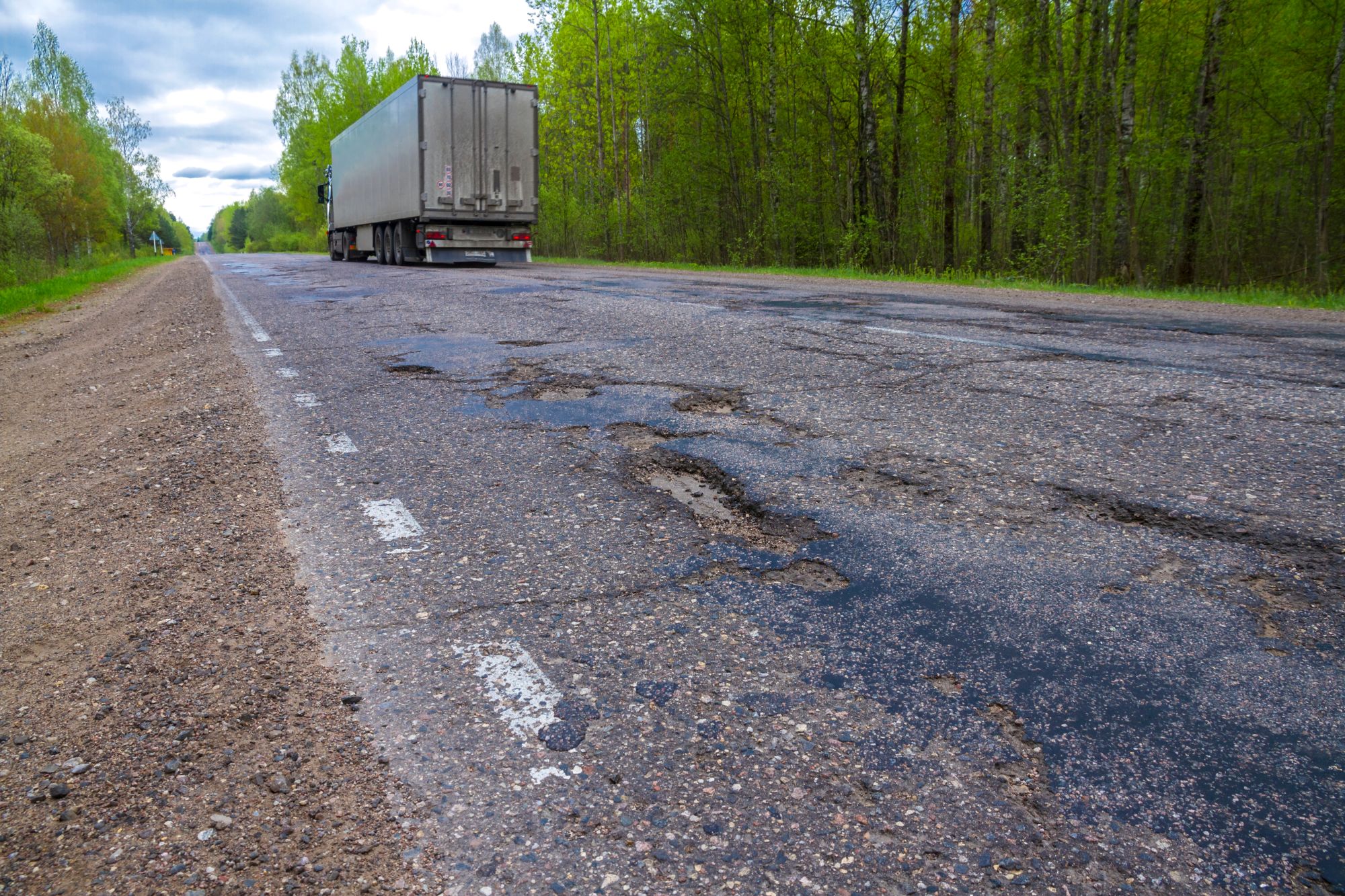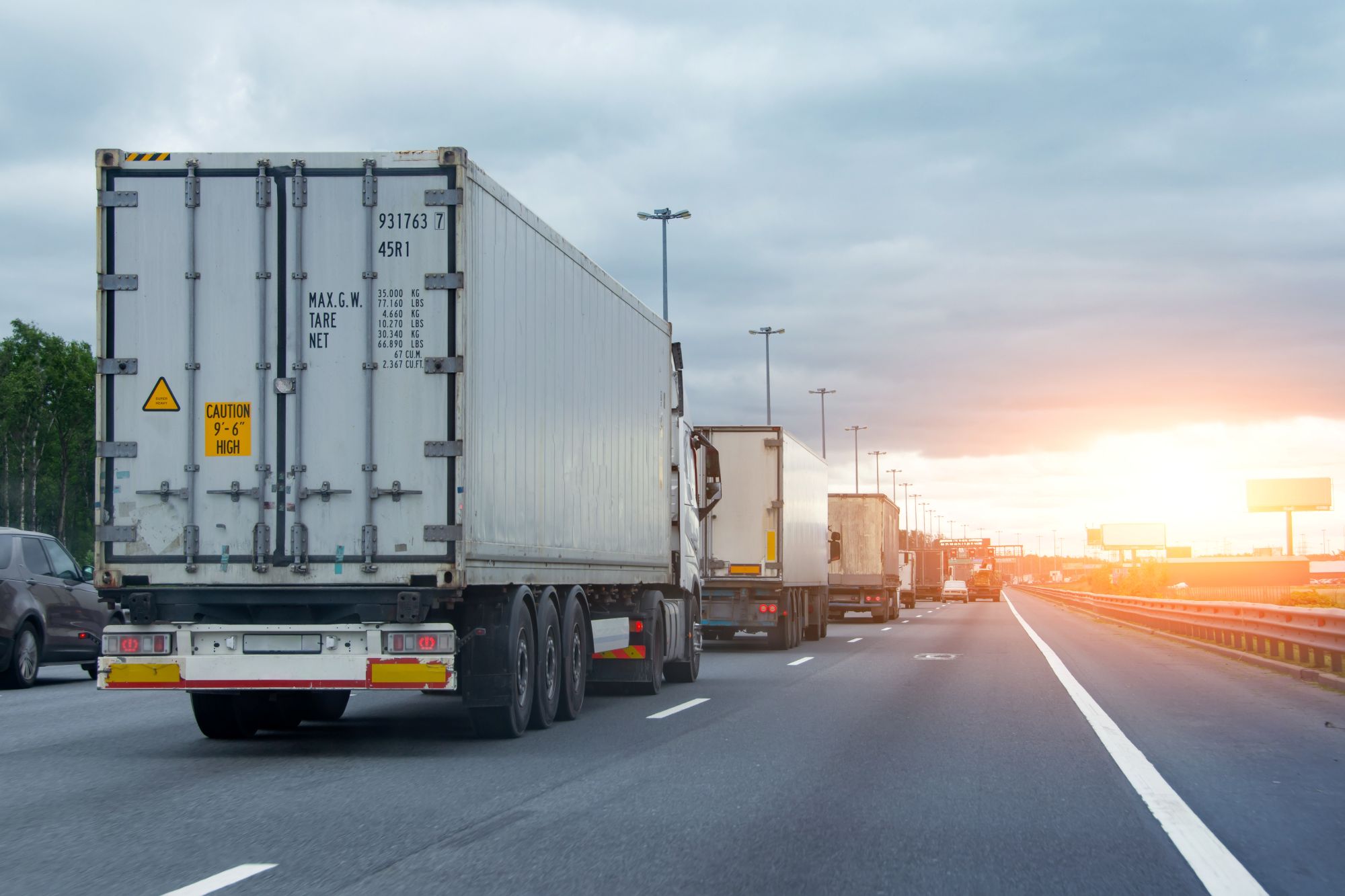
Guest
Jak by financování infrastruktury ve Spojeném království mohlo ovlivnit odvětví mobility
Vytvořeno: 02.07.2025
•
Aktualizováno: 03.07.2025
Po letech neuspokojivých investic a narůstajících dopravních zácp se britská vláda zavázala, že v příštím desetiletí vynaloží na infrastrukturu více než 700 miliard liber, z nichž většina je určena na silnice. Dopad desetileté strategie pro infrastrukturu na komerční řidiče a širší odvětví mobility by mohl být transformační - od nových koridorů pro nákladní dopravu až po nejmodernější digitální dopravní systémy.
Silnice dosahují bodu zlomu
Silnice jsou jen jednou ze součástí britské dopravy, ale převáží se po nich drtivá většina zboží. Podle vládních údajů se 81 % domácí nákladní dopravy a 75 % dovozu a vývozu uskutečňuje po silnici, což z ní činí páteř britské logistiky a ekonomiky.
A přestože tvoří jen něco málo přes dvě procenta silniční sítě Spojeného království, po strategické silniční síti (SRN) se uskutečňuje 34 % všech cest po silnici - včetně mnoha časově nejcitlivějších tras s vysokým objemem nákladní dopravy. Jejich stav a kapacita mají pro řidiče, kteří je využívají, přímý dopad na bezpečnost, efektivitu a výkonnost dodávek.
Z údajů Indexu stavu vozovek (RCI) však vyplývá, že v příštích 12 měsících bude pravděpodobně potřeba provést údržbu přibližně 24 500 mil, tedy více než každé desáté míle silniční sítě v Anglii a Walesu.
Řada nedávných nouzových uzavírek mostů dále odhalila zranitelnost sítě. V některých oblastech vytvořily popraskané nosné konstrukce a desítky let starý beton nebezpečné podmínky pro všechny účastníky silničního provozu - zejména pro nákladní vozidla, která často jako první čelí omezení hmotnosti nebo nucenému přesměrování.
Vláda v reakci na to vytvořila nový fond v hodnotě 1 miliardy liber na opravu a rekonstrukci mostů, křižovatek a nadjezdů, který je součástí její strategie v oblasti infrastruktury. Je to vítaný krok, který odráží rostoucí tlak průmyslu. Pro profesionální řidiče by to mohlo znamenat méně objížděk, méně náhlých omezení a méně času ztraceného kvůli infrastruktuře, která neodpovídá požadavkům moderní logistiky.
Bezpečnost však nespočívá jen v tom, že se vyhnete katastrofickým selháním. Jde také o dlouhodobou odolnost - zajištění řádné údržby silnic, mostů a odpočívadel dříve, než se stanou nebezpečnými. Tento obnovený důraz na údržbu signalizuje, že údržba silnic může konečně začít odpovídat rozsahu, velikosti a rychlosti vozidel, která jsou na nich závislá.

Problém s výmoly
Ačkoli se v oznámeních objevují především významné projekty, na řidiče má často největší dopad každodenní stav povrchu silnic. Pro pracovníky v dopravě jsou výmoly více než nepříjemností - představují trvalé bezpečnostní riziko a nákladnou zátěž.
Opakované vystavení nerovnému povrchu zvyšuje opotřebení nákladních vozidel, poškozuje pneumatiky a odpružení a přispívá k únavě řidiče. V některých případech si poškození výmoly vynutilo odstavení vozidel ze silnice kvůli nouzovým opravám, což narušilo dodávky a ovlivnilo dohody o úrovni služeb.
Pro řidiče jsou rizika osobní. Snaha vyhnout se výmolům - zejména na úzkých nebo frekventovaných silnicích - může vést k nebezpečným manévrům. Když se k tomu přidá špatné počasí, omezené osvětlení nebo napjaté rozpisy dodávek, riziko se ještě zvýší.
V rámci širšího úsilí o rozvoj infrastruktury vyčlenila vláda v rámci Plánu změn 1,6 miliardy liber na modernizaci místní infrastruktury, včetně výmolů, popraskaných povrchů a opotřebovaných vozovek. Cílem je uvést silnice do bezpečnějšího a spolehlivějšího stavu - zejména na trasách, kde se provozuje nákladní doprava.
Problém se nevyřeší ze dne na den, ale znamená to změnu priorit - uvědomujeme si, že blaho řidičů začíná u základních věcí a že bezpečná a pohodlná jízda závisí na dobře udržovaných silnicích.
Pro vozové parky to znamená méně neplánovaných oprav, méně pojistných událostí a méně prostojů řidičů. Pro řidiče to znamená méně otřesů, méně stresu a o jednu starost méně během dlouhé směny.
Spolehlivá síť
Blahobyt řidičů je v popředí zájmu moderní dopravy. Dlouhá pracovní doba, zpožděné jízdní řády a nedostatečné zázemí si vybírají svou daň. Nejnovější vládní plány však dávají naději na bezpečnější a lépe propojenou síť.
V celém Spojeném království se zařízení pro řidiče potýkají s problémy, aby dokázala udržet krok s poptávkou. Parkovací místa jsou často omezená, služby jsou přetížené a mnoho odpočívadel nedosahuje komfortu a bezpečnosti - zejména pro dálkovou dopravu. Proto vláda také zlepšuje prostředí pro řidiče: bezpečnější parkování, lepší sociální zázemí a reformy plánování, které urychlí výstavbu nových míst.
Zároveň se zrychlují investice do nabíjecích a tankovacích uzlů pro elektrické a vodíkové nákladní automobily. Například společnost Moto se zavázala instalovat více než 300 elektrických nabíječek pro nákladní vozidla na 23 místech na dálnicích, zatímco Ashford Truckstop se mění na hlavní nabíjecí centrum pro nákladní dopravu přes kanál La Manche. Cílem těchto zařízení není jen udržet vozidla v pohybu, ale také poskytnout řidičům bezpečná a dobře vybavená místa k odpočinku a dobíjení.
Pokud vaši řidiči hledají bezpečné místo k zastavení, naše aplikace intruck jim umožňuje identifikovat a rezervovat odpočívadla ve Velké Británii a Evropě. [Více informací a možnost stažení zde] (https://intruckapp.com/).

Náklady na přetížení
Dopravní zácpy, nepředvídatelné trasy a tlak na dodržení dodacích lhůt přispívají ke stresu a únavě řidičů - a dělají ze silnic nebezpečnější místo.
Velké modernizace infrastruktury, jako je přejezd přes dolní Temži, zprůjezdnění dálnice A66 a vylepšení silnice M60 Simister Island, mají za cíl snížit dopravní zácpy a omezit rizika nehod na některých z nejznámějších dopravních uzlů ve Spojeném království.
Kromě toho se stále prosazuje zavádění digitálních nástrojů, které podporují bezpečnější a plynulejší jízdy. Dopravní upozornění v reálném čase, inteligentní detekční systémy a lepší řízení dopravy pomohou správcům vozových parků a řidičům rychle reagovat na narušení provozu a v případě potřeby změnit trasu.
Národní program digitálních silnic již vytváří základy pro inteligentní infrastrukturu, která dokáže dříve odhalit nebezpečí, inteligentněji řídit dopravní toky a v reálném čase poskytovat jasnější informace.
Co to znamená pro mobilitu?
Krok vpřed pro mobilitu a blaho řidičů. Koordinované národní úsilí o řešení zaostalé infrastruktury ve Spojeném království a modernizaci silnic způsobem, který je prospěšný řidičům, kteří na ně nejvíce spoléhají.
Skutečnou zkouškou bude doručení. Aby se finanční prostředky proměnily v hmatatelná zlepšení, bude třeba naslouchat řidičům, učit se ze zkušeností přímých účastníků provozu a měřit úspěch podle toho, jak se na silnicích cítíme, a ne jen podle toho, kolik to stojí.
"Tato nová vlna investic není jen o zkrácení jízdní doby," říká Stuart Willetts, manažer pro rozvoj podnikání ve Velké Británii ve společnosti SNAP. "Jde o budování dopravní sítě, která podporuje pohodu řidičů, efektivitu provozu a přechod na čistou mobilitu. Nemůžeme se dočkat výsledků."
Chcete zjistit, jak se mobilita vyvíjí tam, kde jste?
Použijte mapu SNAP pro vyhledání služeb a řešení ve vašem okolí - bez ohledu na to, na jaké cestě se nacházíte.



